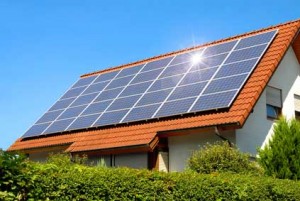The average price of stand-alone solar power systems depends on many different inter-related factors. The individual components of the solar power system are, of course, the main thing to consider, but the cost can also vary by location for a number of different reasons beyond the scope of this article.
But just in case you were wondering, solar power systems in Perth are cheaper than solar power systems in Brisbane, and much cheaper than solar power systems in Melbourne. In fact, with the notable exception of the ACT, solar power systems in Victoria are typically among the most costly in the nation.
The key contributors to stand-alone solar power systems prices are:
Solar Panels

Solar Controllers
The choice of controller is really up to your individual preference. Factors to consider are brand, price and warranty, as well as other miscellaneous aspects, such as aesthetics.
Solar Batteries
Batteries are the necessary component of solar power storage systems. As with solar panels, there are many different options available, each with their strengths and weaknesses. As a general guide, solar batteries fall in to one of two categories; sealed or unsealed. Sealed batteries are more expensive but are safer and can be used indoors which will provide better efficiency due to temperature stability. Unsealed batteries are cheaper but can be dangerous because they can leak corrosives, contain toxic metal and metal salts, and release gas while charging which is both toxic and flammable.
Inverters
Often overlooked but extremely important, the inverter is what connects your solar system to your home, so this is a component where you will need to make some careful decisions. Similar considerations to those necessary for controllers, but in this case you also need to think about the energy capacity of the inverter. Generally speaking, if your solar array provides 5kW of energy then your inverter should have a capacity of at least 5kW.
Delivery and Installation
The more remote your site is, the higher the costs for delivery and installation will probably be. You often have a choice about who will install your system, but choose an accredited installer to ensure you get any rebates you are entitled to.

